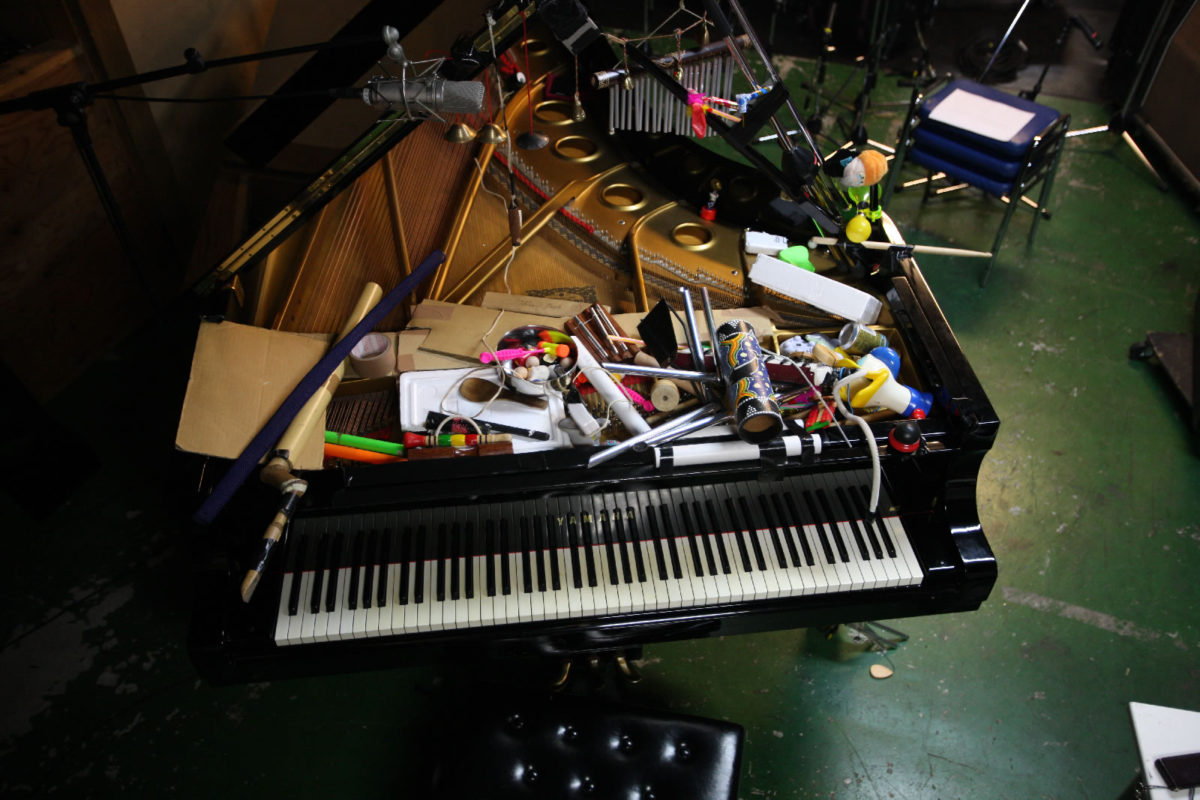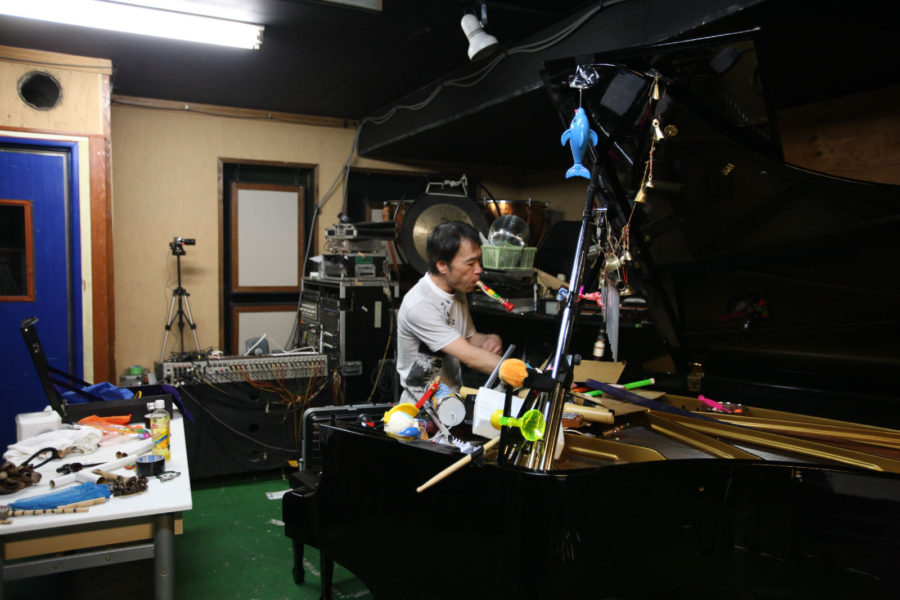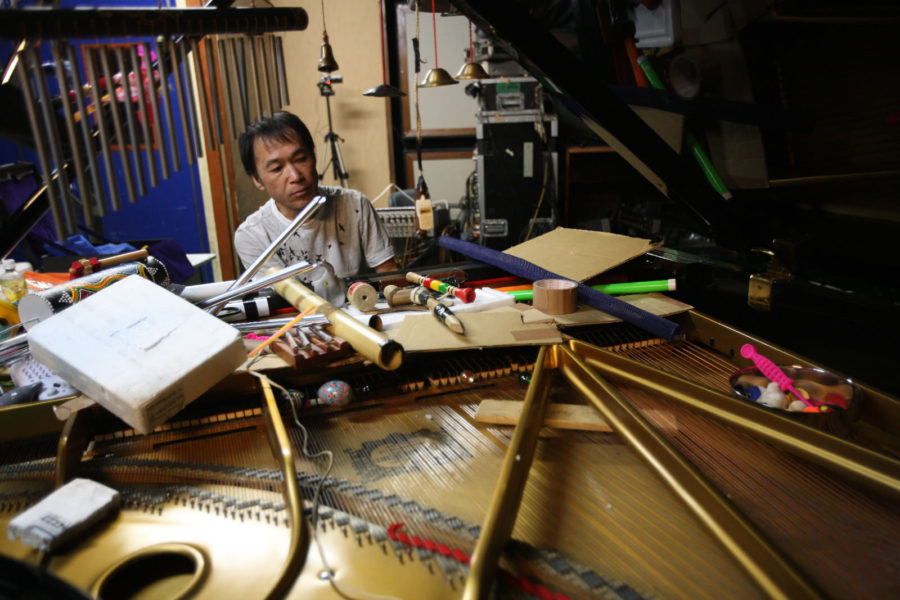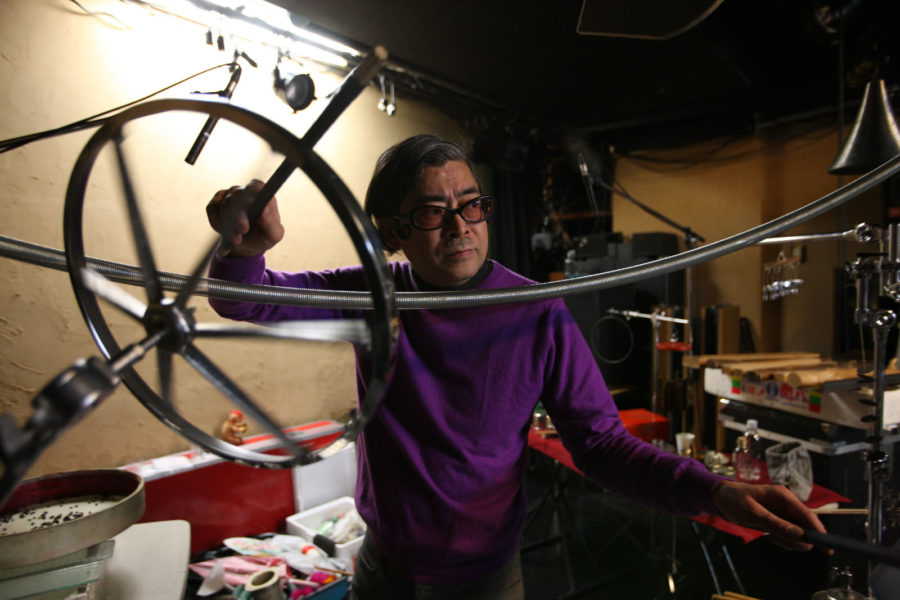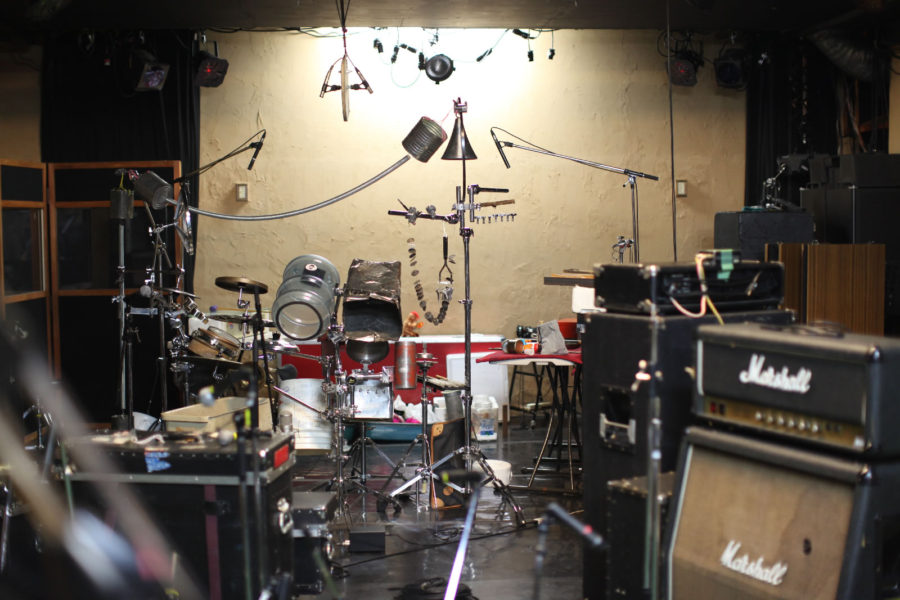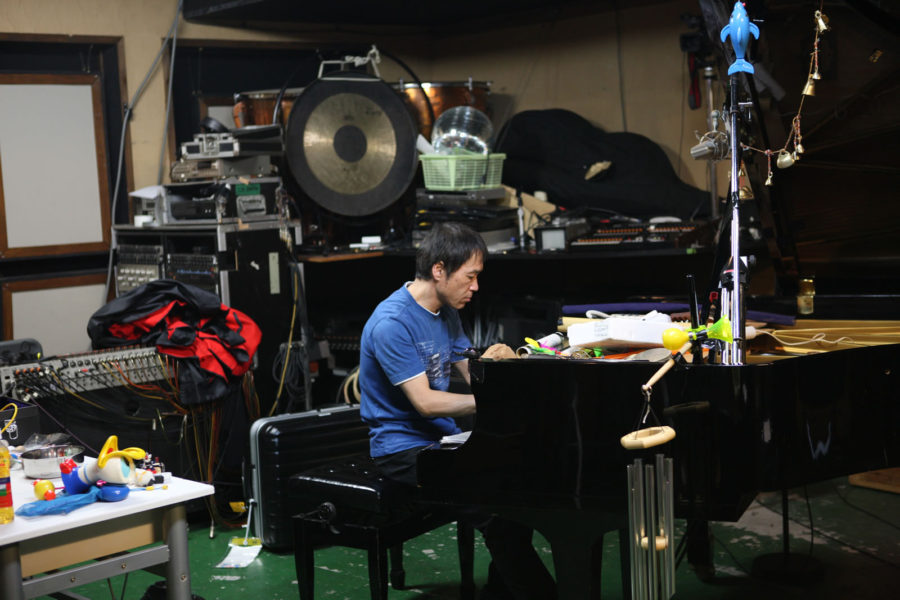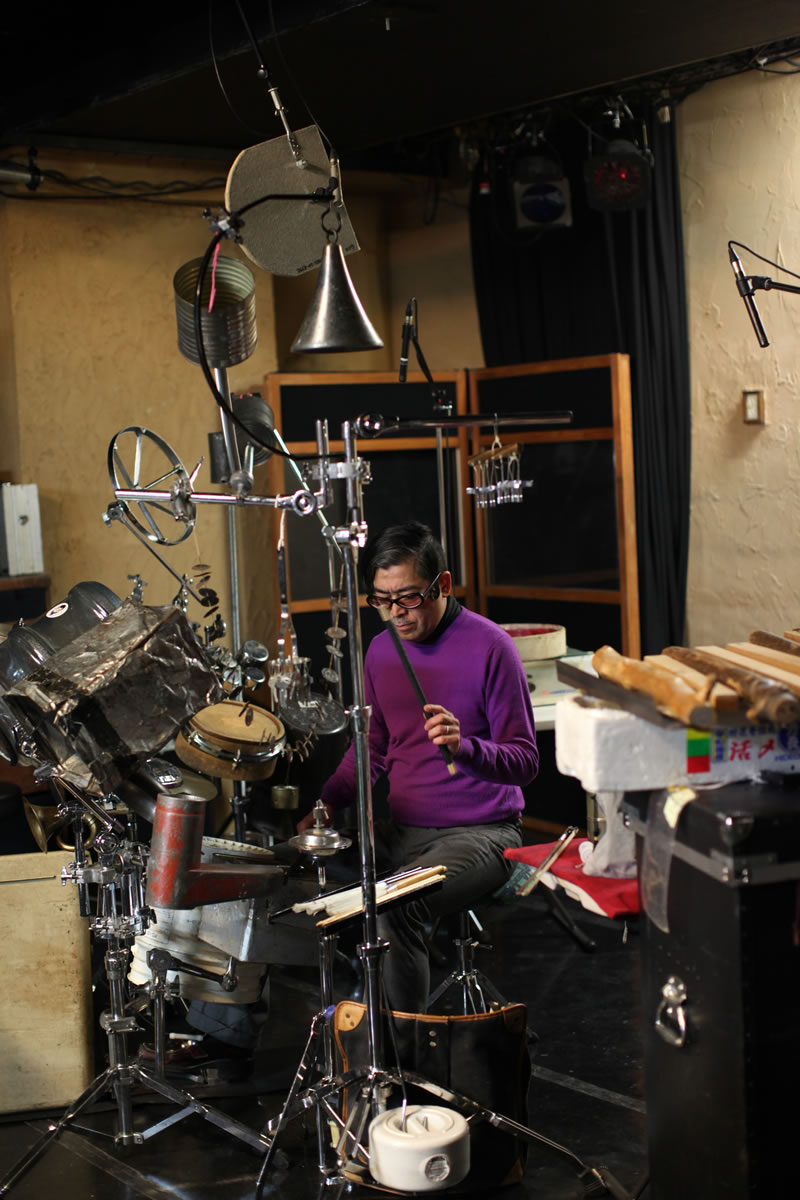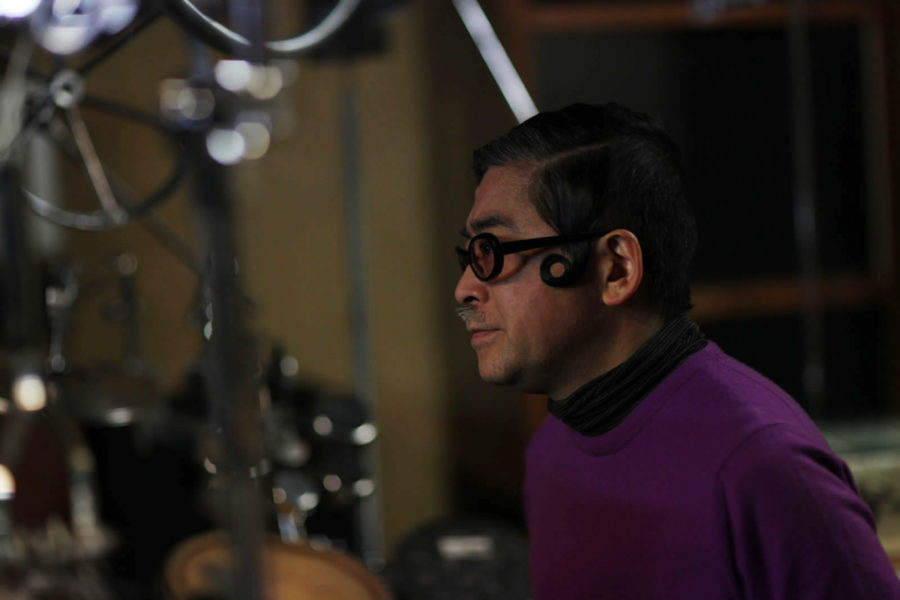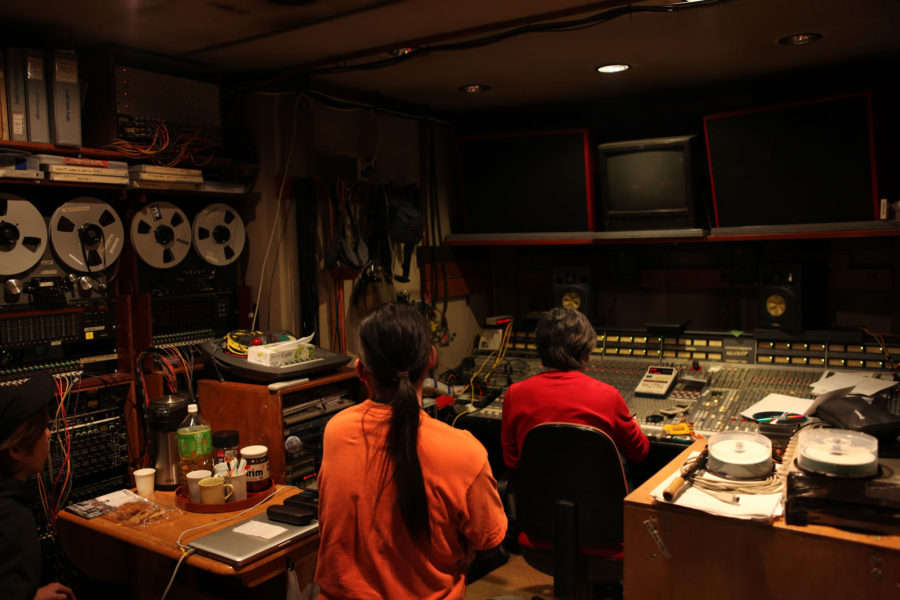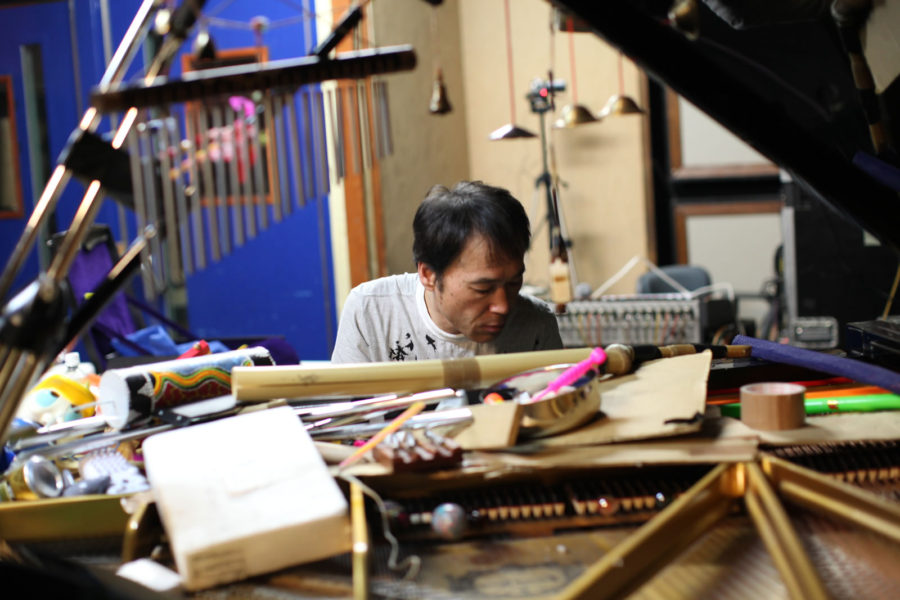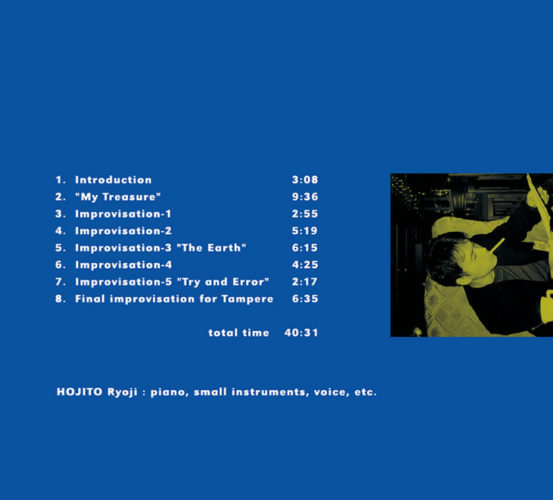Yoshihide Otomo
Hojito Ryoji is a pianist living in Sapporo. This is, in fact, a big deal. In Japan, a musician will carry a great handicap just by not living in Tokyo.
Sapporo is a metropolis with a population of over 2 million. Despite this, there is no existing music scene to which someone like Hojito can belong. No place, no journalism, no independent labels that might release music such as his. You may conclude from this that in Sapporo there is only a commercial music scene, but no. There is hardly even a commercial music scene, either.
It may be hard for people not living here to grasp, but in Japan almost all things are centered in Tokyo. If you are a musician, then you must be in Tokyo to acquire any recognition. Unless, of course, you can say that your work is abroad in Paris or New York, places where Japanese often vaguely judge to be higher than Tokyo. It feels pretty dumb to have to write this, but its the way things are in this country. Notwithstanding the quality of what you do, it you do not acquire your recognition in Tokyo or some better place, you will never be top notch. In other words, Hojitos position in Japan would be second rate.
Which, if you listen to this CD, you will understand to be complete bollocoks.
Well then, how wonderful is the music scene in Tokyo itself, where absolutely everything is? There is one society of those with thick wallets, product of the bubble economy. Another, of fine professor-types who have graduated from fine arts universities, and have gone on to study abroad, i.e. Europe. The rest is made up of poor rockers and jazz know-it-all otaku spitting on the very ground where they stand. And almost all of the above exist to do imitations of the music of places which everyone vaguely accepts to be higher; if you want to understand jazz you gotta go to New York, that sort of thing. Obviously, then, these people would not take notice of some local scene considered to be lower then Tokyo. The greater part of the Japanese music scene is built upon this sad level of intelligence.
The fact that Hojito Ryoji lives in Sapporo means that he is constantly working in a cultural situation with odds against him. Sapporo is a pathetic little Tokyo which has had this situation forced upon it.
Despite this situation, Hojito has chosen not to spit on his own ground, but to draw each music one at a time from ties he has created with people close to him. Looking over his Special Thanks, I know that those are the names of such persons. The performance is solo, but I consider this to be a quiet ensemble formed of the fruits of his relations with others.
This album would not have been possible without in(ter)dependent networks formed with Numayama Yoshiaki and Kanazawa Shiro, who have continued creating opportunities and a place for Hojito when there were none. Although the state of music scenes in local cities may be far from good, a movement towards forming and placing possible for one local scene to become involved with another. In Tokyo too, there is a growing independent movement against the present closed state. That Hojito from Sapporo has gone to Russia to perform, and then release an album from a Tokyo record label for the entire world to hear is a demonstration of this.
National pride and racial identity mean nothing to these independent movements. It is up to his such efforts, our efforts, to nullify the rigid structure from the past with has established the impoverished present. We are responsible for forging that structure. This, I believe, is the underlying significance of this album.
March 16, 1994
translation: Haruna ito
Postscript:
These past six years have been more than any other, a period of intense change for me. This has not so much to do with my own personal history, rather, I feel it is connected to transformations occurring within the entirety of music, including the structure of society itself. The situation that I expressed such impatience against which I wrote of here remains unchanged, but my own attitude towards it certainly has. Now, I would not have spoken like this. To be precise, I would not have chosen to position this music in the center of the social background to which it belongs, and appraise it with such romanticism. This may sound like a somewhat closed attitude, but now my interest directs itself more toward the generation of sound phenomena itself. I feel that there is a definite something to be found in the details of its structure and the organizational logic. And Hojito’s music, listening to it from this perspective, is again good. I especially love his extended technique of playing within the body of the piano. The manner in which this machine, called the piano–which is not merely physical substance–is exposed, is especially good. What happens when he focuses on this aspect in performing his work? I am extremely curious to find out.
February 1, 2000



